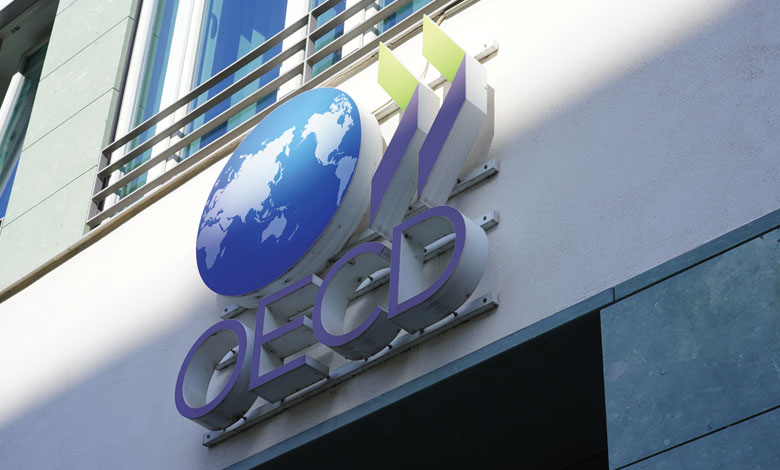Towards a digital public infrastructure strategy

Initiatives such as Build to Share and MyGovID have been cited as showing strong signs of alignment with the Organisation for Economic Co-operation and Development’s (OECD) vision for digital public infrastructure (DPI).
The OECD outlines five key actions to guide digital government transformation, with Ireland already showing signs of alignment through initiatives such as Build to Share and MyGovID.
A report published by the OECD in 2024, Digital Public Infrastructure for Digital Governments, sets out a comprehensive roadmap for building and governing national DPI. The paper defines DPI as “a set of secure and interoperable digital systems that support broad access to both public and private services”.
DPI includes systems such as digital identity, digital payments, data-sharing platforms, digital post, and core government registries. These tools act as digital building blocks, enabling scalable, resilient, and inclusive service delivery.
In Ireland, projects such as MyGovID, Revenue’s ROS, and the Build to Share framework reflect elements of the OECD’s vision for DPI. However, the report suggests that more structured governance and investment will be needed to fully unlock the benefits.
Recommendations for national action
The report identifies five key actions governments can take to ensure that DPI delivers on its potential to improve service delivery and enhance digital transformation:
- Develop a national strategy for DPI, covering digital ID, payments, notifications, and service registries, to provide long-term direction and accountability.
- Foster collaboration with stakeholders, including the private sector, academia, and civil society, to support transparent governance and innovation.
- Ensure sustainable investment and funding models for the development and maintenance of DPI, including options for public-private cost-sharing.
- Adopt a human-centred approach with safeguards for privacy, inclusion, and accessibility, using mechanisms such as privacy-by-design and ethical standards.
- Strengthen international cooperation, particularly in relation to the development of digital public goods, common standards, and cross-border interoperability.
Strategic alignment
The report highlights examples of countries that have adopted coordinated DPI strategies. These include Norway’s National Joint Solutions, a centralised governance model for interoperable services; IndiaStack, a public-private framework for digital identity and payments; and Sweden’s hybrid funding model, which supports DPI through a mix of transaction-based user fees and central funding.
Ireland’s Build to Share initiative provides shared digital services such as hosting, identity, and messaging, and is cited in the report as a positive example. However, the OECD recommends more integrated oversight, including formal frameworks for governance, safeguards, and performance measurement. These structures, it says, are essential for managing complex DPI ecosystems and responding to emergencies such as cyberattacks or service disruptions.
Safeguards are especially important, the report states, given risks related to data misuse, exclusion, and over-dependence. Governments are recommended to embed DPI systems within existing digital rights and security frameworks, and to support user agency through data transparency and opt-in mechanisms.
Implications for Ireland
The OECD’s DPI roadmap complements existing Irish policy priorities around digital government, digital inclusion, and public service reform. While the Department of Public Expenditure, NDP Delivery and Reform has made progress through projects such as Digital Postbox and MyGovID, the report suggests that Ireland could benefit from a more formalised DPI strategy that incorporates private sector engagement, investment models, and international coordination.
The OECD also points to the importance of aligning DPI policy with other strategic goals — such as climate resilience, economic competitiveness, and social inclusion — to ensure long-term return on investment. It recommends performance-based funding, ongoing monitoring, and the use of open-source digital public goods to support flexible, scalable implementation.
Though the report is not legally binding, it offers a framework that Ireland can draw upon to expand its digital public infrastructure in line with international best practice. With Europe considering a potential ‘EuroStack’ for shared digital infrastructure, Ireland’s early investments position it well to participate provided it can formalise governance, scale its tools, and maintain public trust.
A spokesperson for the Department of Public Expenditure, Infrastructure, Public Service Reform and Digitalisation tells eolas Magazine: “The Government fully subscribes to the six dimensions of the OECD Digital Government Index…
“The Government is working to the DPI principles in its development of its Digital Government building Blocks, including the Digital Wallet. The Government works closely with International partners through its OECD and EU membership.”





